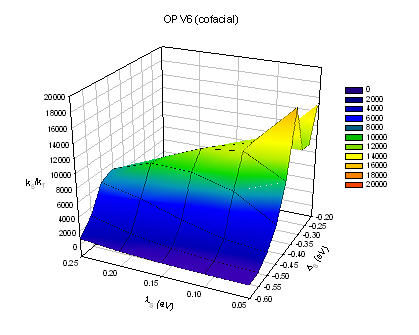| |
A new take on the theory of light-emitting polymers suggests that their efficiency can be largely increased, a development that would boost the introduction of flexible displays and possibly reduce the cost of flat panel displays which currently depend on very expansive materials. The theory emerged from a joint project between scientists at the University of Mons-Hainaut in Belgium, the Institute of Chemistry at the Chinese Academy of Sciences, and the Georgia Institute of Technology. The researchers worked closely with experimentalists hoping to identify new polymer species that would be competitive with other light-emitting materials. The results are published recently in Advcanced Functional Materials 2004, 14, 684, Physical Review Letters 2004,93,066803, and Journal of Physical Chemistry B 2004, 108, 9608. The project in China is supported by the Ministry of Science Technology of China under the 973 program, the National Science Foundation of China, and the Chinese Academy of Sciences. These results have been highlighted in EE TIMES NETWORK (http://www.eetimes.com April 14, 2004) and Solid State Technology (p.18, July, 2004, http://www.solid-state.com)
A commonly accepted point of view is that when injecting electrons and holes from electrode into the active light-emitting materials, the probability to form singlet exciton is 25%, which may decay radiatively to give photons. Thus the internal quantum efficiency is limited to 25%. Whether there exists such a limit has become a center of hot debate during the past 5 years. The new theory has taken into accounts both electron-electron interaction and electron-phonon interaction and indicated that the formation rate of singlet exciton in organic polymer can be much larger than that of triplet exciton, thus, the internal quantum efficiency can exceed the 25% limit in organic polymers.

Ratio of formation rate for singlet and triplet excitons as a function of organization energy and driving force for polymers , |
|
